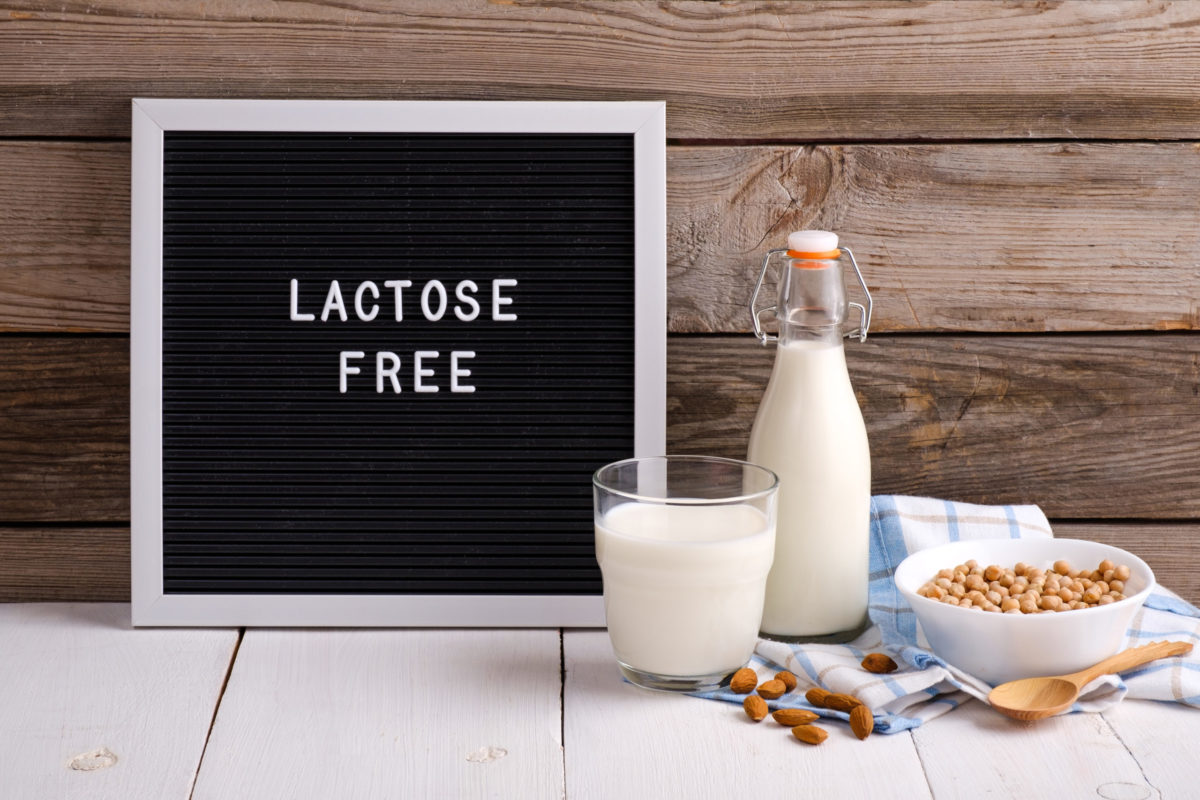My first job after college was working in a newsroom. Every morning at 1 a.m., I woke up to the same breakfast—a bowl of cereal with two percent milk. On the way into work, my stomach would be in knots. As soon as I got there, I would stop by the bathroom first. During my shift, my stomach hurt. Some days, I felt like I might throw up. Was I anxious about work? Was it the odd sleep schedule?
Then, one morning, we ran out of milk. My stomach felt fine driving to work. I walked from my car to my desk without stopping at the bathroom. The next day, I stopped at the grocery to get more milk and soon enough, the same symptoms returned.
What was my body trying to tell me?
A month passed. We ran out of milk again. The symptoms disappeared again. This time, I went in to see my family doctor. He offered to do a hydrogen breath test, but he said based on what I told him—especially since the symptoms stopped when I skipped dairy—this was a classic case of lactose intolerance.
What would this diagnosis mean?
My doctor explained that lactose intolerance is when the body can’t easily digest lactose, a natural sugar found in milk and dairy products. Like his other patients with this diagnosis, my body was no longer producing as much lactase (the enzyme that helps us properly digest the milk sugar) compared to when I was a child.
His advice was simple:
- Avoid eating dairy products.
- If that wasn’t possible, take a few lactase enzyme tablets with that food.
- My pharmacist also suggested Imodium (loperamide) for times when I might find myself in trouble after a bowl of ice cream.
Talking to my doctor gave me reassurance there wasn’t something more serious going on. He explained how common this diagnosis was, and that many of his adult patients couldn’t tolerate dairy like they used to.
What are the risk factors of being lactose intolerant?
Not getting enough calcium and other nutrients found in milk products is one of the biggest concerns for people who are lactose intolerant, but there are many nondairy foods that can help you get calcium:
- Broccoli, okra, kale, collards and turnip greens
- Canned sardines, tuna and salmon
- Calcium-fortified juices and cereals
- Calcium-fortified soy products such as soy milk, tofu and soybeans
- Almonds
4 tips for going milk-free
- Consider a milk alternative.
Your options aren’t limited to soy milk anymore. Oat, almond and cashew milk are all available and dairy-free. - Be prepared when you go out to eat.
Ask your server for a dairy-free option and make sure to ask if a dish has hidden milk or cheese. Many restaurants prepare for these food concerns. Some will make sure to wipe off cooking surfaces to make sure no dairy is in your food. - Learn how to read labels.
It’s required that allergens are listed on the back of packaged foods. Keep an eye out for, “Contains: Milk.” Ingredients are listed first by weight, so milk at the bottom of a list is a better sign for your lactose-averse GI tract. - Try new recipes.
You can make ice cream with frozen bananas and almond milk. There’s a recipe at the end of this article for you to try.
Lactose intolerance is nothing to be embarrassed about and something you can manage with some practice. These days, when I drink a milkshake (with lactase tablets), I savor every sip.
Recipe for a dairy-free milkshake
Ingredients
- 2 frozen bananas
- 1 cup dairy-free milk, like almond milk
- ¼ cup ice cubes
How to prepare
- In a blender, combine frozen bananas, dairy-free milk, and ice cubes.
- Blend until combined.
- Enjoy!
Get more information about specific health terms, topics and conditions to better manage your health on bcbst.com. BlueCross BlueShield of Tennessee members can access wellness-related discounts on fitness products, gym memberships, healthy eating and more through Blue365®. BCBST members can also find tools and resources to help improve health and well-being by logging into BlueAccess and going to the Managing Your Health tab.





